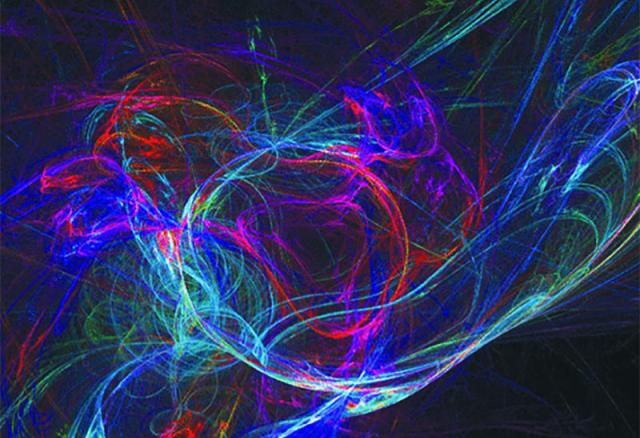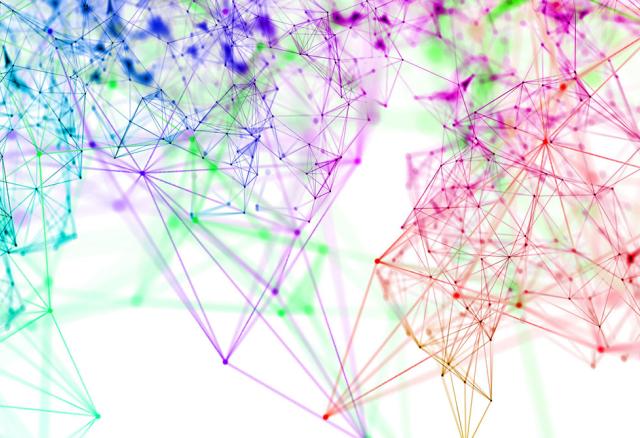IEEE Signal Processing Society Flagship Conferences Over the Past 10 Years
Throughout the IEEE Signal Processing Society’s (SPS’s) history, conferences have functioned as a main way to connect within the Society, bringing together the signal processing research community to discuss and debate, establish research collaborations, and have a good time.








